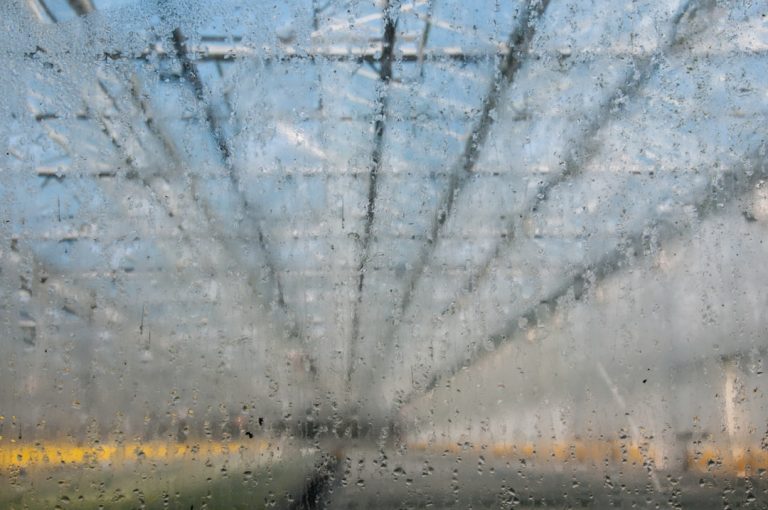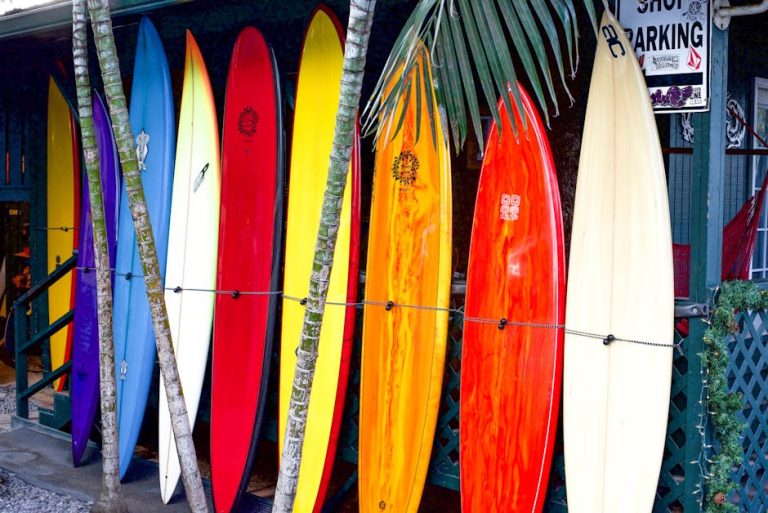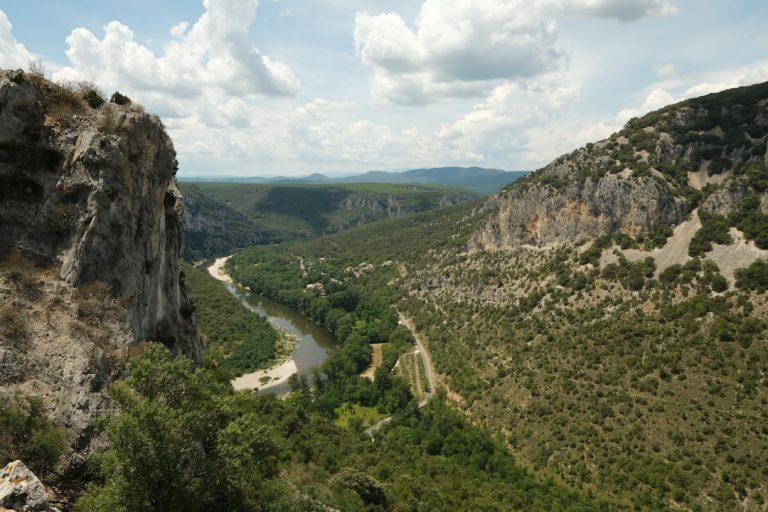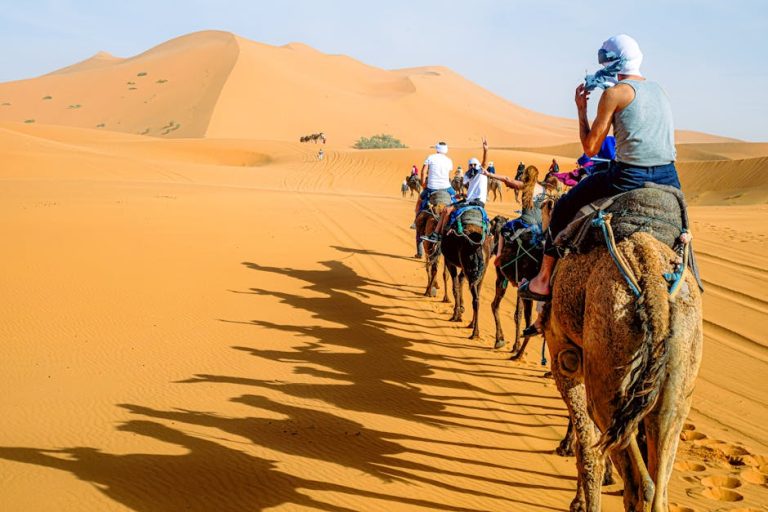Joshua Tree National Park is a wonderland of unique rock formations, desert landscapes, and, of course, those iconic Joshua trees. Hiking is one of the best ways to experience the park’s beauty, but with so many trails to choose from, picking the right one can feel overwhelming. Don’t worry! As a seasoned hiker and Joshua Tree enthusiast, I’m here to guide you through some of the best hikes this park has to offer, whether you’re a beginner or a seasoned pro.
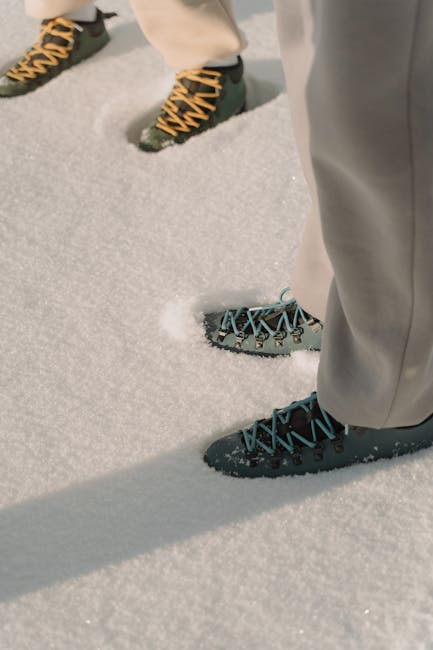
Choosing the Right Hike for You
Before diving into specific trails, consider your hiking experience, fitness level, and what you want to see. Are you looking for a challenging climb with panoramic views, or a leisurely stroll through a Joshua tree forest? Also, remember that Joshua Tree is a desert environment. It gets extremely hot, especially during the summer months, so check the weather forecast and plan accordingly. Bring plenty of water, wear sunscreen and a hat, and avoid hiking during the hottest part of the day.
Must-Do Hikes in Joshua Tree
Here are some of my favorite hikes in Joshua Tree National Park, categorized by difficulty, to help you find the perfect trail:
Easy Hikes
These hikes are generally flat and well-maintained, making them ideal for families, beginners, or anyone looking for a relaxing walk.
Hidden Valley Nature Trail: This is a classic Joshua Tree hike, a one-mile loop that takes you through a hidden valley surrounded by towering rock formations. It’s a great introduction to the park’s unique geology and plant life. Keep an eye out for birds and lizards! The trail is mostly flat and easy to navigate, making it perfect for all ages.
Skull Rock Nature Trail: This 1.7-mile loop trail is another easy option that features the iconic Skull Rock, a massive granite formation that resembles a skull. The trail is relatively flat and offers beautiful views of the surrounding desert landscape. It’s a popular spot for photos, so be prepared for some crowds, especially during peak season.
Cholla Cactus Garden Nature Trail: This short, 0.25-mile loop takes you through a dense forest of cholla cacti, also known as “jumping cholla” because their barbed spines easily detach and stick to clothing or skin. Be very careful not to touch them! Despite the prickly nature of the plants, the garden is a beautiful and unique sight. The trail is flat and easy to walk, but watch your step!
Moderate Hikes
These hikes involve some elevation gain and may be a bit longer than the easy hikes, but they are still manageable for most people with a reasonable level of fitness.
Barker Dam Nature Trail: This 1.1-mile loop is a great option for viewing desert wildlife. Barker Dam is a man-made reservoir that attracts birds, reptiles, and even bighorn sheep. The trail is mostly flat, but there are some rocky sections. The amount of water in the dam varies depending on rainfall, so you might see a full lake or a dry basin. Regardless, the scenery is always beautiful.
Ryan Mountain Trail: This 3-mile out-and-back trail is a popular choice for its panoramic views. It’s a steady climb to the summit of Ryan Mountain, but the payoff is worth it. From the top, you can see almost the entire park, including the Coachella Valley and the San Bernardino Mountains. Be prepared for some steep sections and rocky terrain. This is a good workout!
Fortynine Palms Oasis Trail: This 3-mile out-and-back trail leads to a lush oasis filled with palm trees. It’s a welcome contrast to the arid desert landscape. The trail involves some climbing, but it’s generally well-maintained. The oasis is a great place to relax and enjoy the shade. Keep an eye out for birds and other wildlife.
Strenuous Hikes
These hikes are challenging and require a good level of fitness. They involve significant elevation gain and may be longer than the other hikes. Only attempt these if you are experienced and prepared.
Lost Horse Mine Trail: This 6.8-mile loop trail takes you to the remains of the Lost Horse Mine, one of the most successful gold mines in Joshua Tree. The trail is mostly uphill, but the views are rewarding. You’ll see the old mine shaft, mill site, and other remnants of the mining operation. It’s a fascinating glimpse into the park’s history.
Boy Scout Trail: This 8-mile one-way trail is a long and challenging hike through a remote section of the park. It’s popular with backpackers, but it can also be done as a day hike. The trail is mostly flat, but there are some sandy sections that can be tiring. The scenery is beautiful, with towering rock formations and Joshua trees. Be sure to bring plenty of water and snacks.
Essential Hiking Safety Tips
No matter which hike you choose, safety should always be your top priority. Here are some essential tips for hiking in Joshua Tree National Park:
- Bring plenty of water: The desert is dry, and you can easily become dehydrated. Carry at least one gallon of water per person per day.
- Wear sunscreen and a hat: The sun is intense in Joshua Tree. Protect yourself from sunburn by wearing sunscreen with a high SPF and a wide-brimmed hat.
- Wear appropriate clothing: Wear lightweight, breathable clothing that will protect you from the sun. Avoid cotton, which can trap moisture and make you feel cold.
- Tell someone where you are going: Let a friend or family member know your hiking plans, including your route and estimated return time.
- Stay on marked trails: Wandering off trail can be dangerous, as you can easily get lost or injured.
- Be aware of wildlife: Joshua Tree is home to a variety of wildlife, including snakes, scorpions, and spiders. Be cautious and avoid approaching or disturbing animals.
- Check the weather forecast: Temperatures in Joshua Tree can fluctuate dramatically, so be sure to check the weather forecast before you go and be prepared for changing conditions.
- Bring a map and compass (or GPS): Even if you are familiar with the area, it’s always a good idea to bring a map and compass (or GPS) in case you get lost.
- Carry a first-aid kit: Be prepared for minor injuries by carrying a first-aid kit with bandages, antiseptic wipes, pain relievers, and other essentials.
Frequently Asked Questions
What is the best time of year to hike in Joshua Tree?
The best time to hike in Joshua Tree is during the spring (March-May) or fall (October-November) when temperatures are mild. Summer (June-August) can be extremely hot, with temperatures often exceeding 100 degrees Fahrenheit. Winter (December-February) can be cold, with occasional snow.
Are there any entrance fees for Joshua Tree National Park?
Yes, there is an entrance fee to enter Joshua Tree National Park. You can purchase a day pass, an annual pass, or an America the Beautiful pass, which provides access to all national parks and federal recreation lands.
Are dogs allowed on hiking trails in Joshua Tree?
No, dogs are not allowed on hiking trails in Joshua Tree National Park. They are only allowed in developed areas, such as campgrounds and picnic areas, and must be kept on a leash at all times.
Is there cell service in Joshua Tree National Park?
Cell service is limited in Joshua Tree National Park. You may be able to get a signal in some areas, but don’t rely on your phone for navigation or communication.
Joshua Tree National Park offers a fantastic range of hiking experiences for all skill levels. Remember to plan ahead, be prepared for the desert environment, and most importantly, have fun exploring this incredible landscape. Happy trails!

